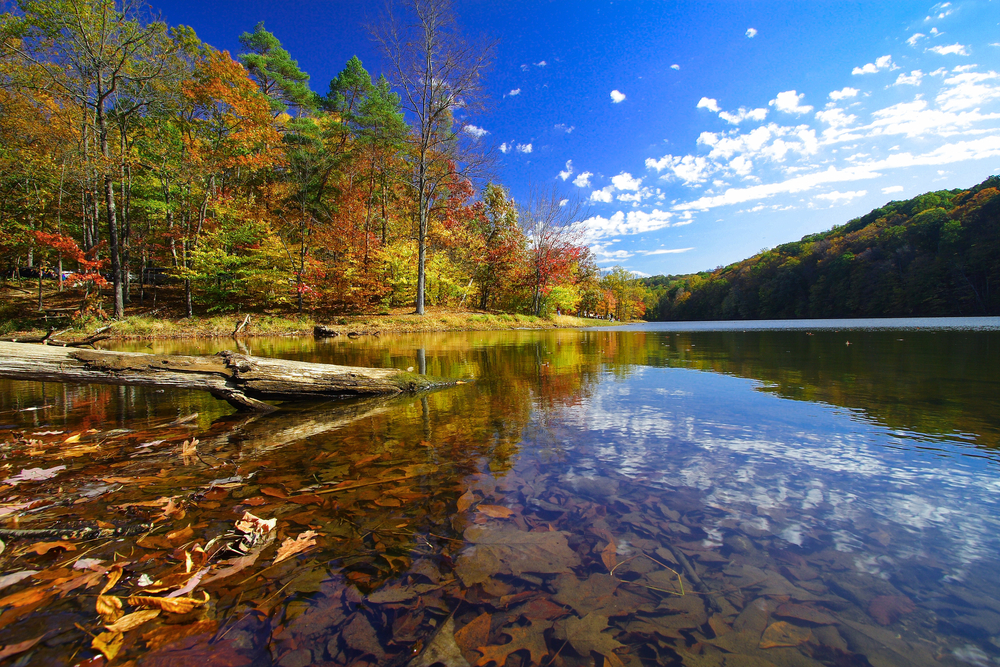Four Seasons in the Hoosier State: What to Expect from Indiana Weather Year-Round

If you’re relocating to Indiana from another part of the country, understanding the state’s climate and seasonal patterns can help you prepare for your new life in theHoosier State. Indiana experiences all four seasons distinctly, with some regional variations from north to south. This comprehensive guide will walk you through what to expect each season, how to prepare your home, and how to make the most ofIndiana’s diverse weather patterns.
Regional Climate Variations
Indiana spans about 270 miles from north to south, creating noticeable climate differences between regions:
Northern Indiana (South Bend, Fort Wayne): Influenced by Lake Michigan, experiences lake-effect snow, colder winters, and slightly cooler summers.
Central Indiana (Indianapolis, Lafayette): Typical Midwestern weather patterns with moderate seasonal variations.
Southern Indiana (Bloomington, Evansville): Milder winters, longer growing season, and hotter, more humid summers.
Winter in Indiana (December-February)
What to Expect
Temperature Range:Northern: Highs 25-35°F, Lows 10-20°F
Central: Highs 30-40°F, Lows 15-25°F
Southern: Highs 35-45°F, Lows 20-30°F
Snowfall:Northern: 50-70 inches annually (lake effect areas)
Central: 20-30 inches annually
Southern: 10-20 inches annually
Sunshine: 40-50% of possible sunshine days
Special Weather Events: Ice storms, freezing rain, occasional blizzards
Winter Home Preparation
Heating Systems: Most homes use natural gas furnaces; average winter heatingbill $150-200/month
Winterization Needs:Disconnect hoses and shut off exterior water supplies
Clean gutters before first freeze
Check weather stripping around doors and windows
Consider programmable thermostats for energy savings
Winter Driving: Snow tires beneficial in northern regions; all-season tiresgenerally sufficient in central/southern areas
Winter Activities
Sports & Recreation: Ice skating at state parks and city rinks, cross-countryskiing, sledding
Events: Christmas at the Indianapolis Zoo, Santa Claus (town) celebrations,Shipshewana Ice Festival
Indoor Attractions: Indiana State Museum, Children’s Museum of Indianapolis,numerous art museums and galleries
Spring in Indiana (March-May)
What to Expect
Temperature Range:March: Highs 45-55°F, Lows 25-35°F
April: Highs 60-70°F, Lows 40-45°F
May: Highs 70-75°F, Lows 50-55°F
Precipitation: Indiana’s rainiest season (3-5 inches per month)
Special Weather Events: Thunderstorms, occasional tornadoes (Indianaaverages 20 tornadoes annually, mostly in spring)
Spring Home Preparation
Maintenance Needs:Check roof for winter damage
Inspect foundation for cracks from freeze/thaw cycles
Clean gutters after spring pollen season
Schedule air conditioning maintenance before summer
Lawn Care: First mowing typically in late March to early April
Spring Activities
Outdoor Recreation: Hiking in state parks as wildflowers bloom, fishing seasonsbegin
Events: Indianapolis 500 Festival (May), numerous spring festivals
Natural Attractions: Brown County State Park spring bloom, Limberlost Swampwildflowers
Summer in Indiana (June-August)
What to Expect
Temperature Range:Northern: Highs 80-85°F, Lows 60-65°F
Central: Highs 85-90°F, Lows 65-70°F
Southern: Highs 88-92°F, Lows 68-72°F
Humidity: Typically high, especially in July and August
Heat Index: Can reach 100-105°F during heat waves
Precipitation: Mostly from thunderstorms (3-4 inches monthly)
Special Weather Events: Occasional severe thunderstorms, pop-up storms
Summer Home Preparation
Cooling Systems: Central air conditioning common in newer homes; windowunits in older homes
Average Summer Cooling Bill: $150-200/month during peak months
Energy Efficiency Tips:Use ceiling fans to supplement air conditioning
Consider window treatments to block direct sunlight
Seal any air leaks around windows and doors
Summer Activities
Water Recreation: Lake Michigan beaches, Monroe Reservoir, Patoka Lake,White River
Events: Indiana State Fair (August), numerous county fairs, outdoor concerts
Outdoor Adventures: Canoe trips on Blue River, mountain biking in BrownCounty, camping throughout state parks
Fall in Indiana (September-November)
What to Expect
Temperature Range:September: Highs 75-80°F, Lows 55-60°F
October: Highs 60-65°F, Lows 40-45°F
November: Highs 50-55°F, Lows 30-35°F
Foliage: Peak fall colors typically third week of October (varies north to south)
Precipitation: Relatively dry season (2-3 inches monthly)
First Frost: Northern: Mid-October, Central: Late October, Southern: EarlyNovember
Fall Home Preparation
Heating Systems: Time to schedule furnace maintenance
Outdoor Preparations:Rake leaves (most municipalities offer collection services)
Cover or store outdoor furniture
Winterize sprinkler systems and pools
Clean gutters after leaf drop
Fall Activities
Scenic Drives: Brown County, Parke County covered bridges
Events: Harvest festivals, apple orchards, pumpkin patches
Sports: High school and college football games, especially popular
Preparing for Weather Extremes
Severe Weather Awareness
Tornado Season: Primarily April-June
Warning Systems: Most communities have outdoor sirens; weather radiorecommended
Emergency Plans: Basements ideal for tornado shelters; interior rooms withoutwindows if no basement
Flooding Concerns
Flood-Prone Areas: Areas near White River, Wabash River, Ohio River
Flood Insurance: Not included in standard homeowners policies; recommendedin some areas
Winter Storm Preparation
Power Outages: Occasional during ice storms; emergency kit recommended
Snow Removal: Most cities plow main roads quickly; residential streets may takelonger
Home Heating Backup: Consider generator or alternative heat source forextended outages
Climate Considerations When Buying a Home in Indiana
Energy Efficiency
Insulation Standards: Newer homes (post-2000) typically have better insulation
HVAC Systems: Look for high-efficiency furnaces in northern/central regions
Windows: Double-pane windows standard in newer homes; important for energyefficiency
Property Features
Basements: Common and useful for severe weather protection
Drainage: Check for proper grading away from foundation
Trees: Mature trees provide summer shade but consider proximity to house
Regional Factors
Northern Indiana: Consider snow removal needs, lake effect snow zones
Southern Indiana: Evaluate air conditioning capacity for hotter summers
Floodplains: Check FEMA flood maps before purchasing
Indiana Weather by the Numbers
|
Weather Aspect |
Northern Indiana |
Central Indiana |
Southern Indiana |
|
Annual Rainfall |
38-42 inches |
40-45 inches |
45-50 inches |
|
Annual Snowfall |
50-70 inches |
20-30 inches |
10-20 inches |
|
Sunny Days |
170-180 days |
180-190 days |
190-200 days |
|
Avg. July High |
83°F |
86°F |
89°F |
|
Avg. January Low |
17°F |
20°F |
24°F |
|
Frost-Free Days |
160-170 days |
170-180 days |
180-190 days |
|
Tornado Risk |
Moderate |
Moderate |
Moderate-High |

